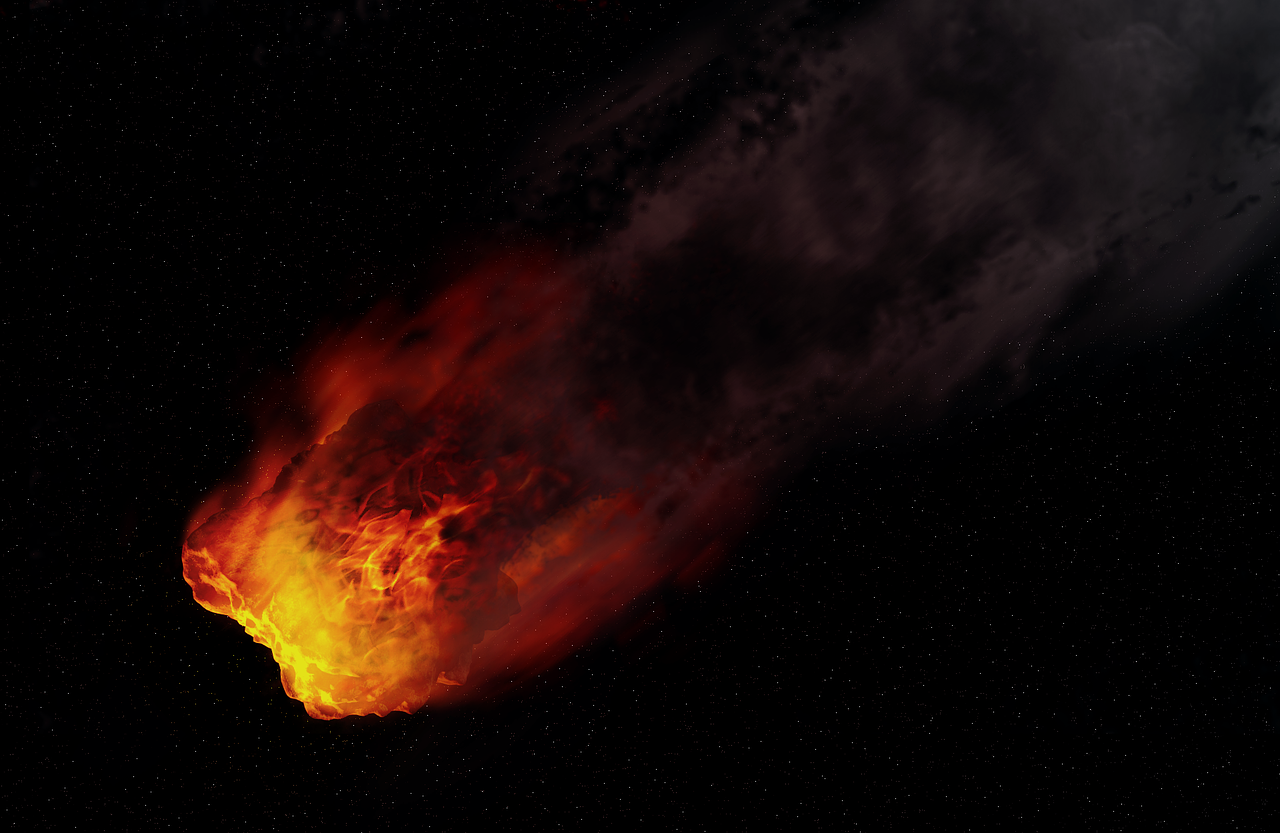A BRIGHT meteor has been filmed soaring over Andalucia.
The phenomenon, recorded on Friday by detectors of the SMART project, of the Instituto de Astrofisica de Andalucia (IAA-CSIC), was spotted from the meteor-observing stations located in Sevilla, La Sagra (Granada), La Hita (Toledo), Sierra Nevada (Granada) and Calar Alto.
According to the SMART project’s principal investigator, Jose Maria Madiedo, from the Andalucian Institute of Astrophysics (IAA-CSIC), the recorded passage of the fireball over southern Andalucia was generated by a rock (a meteoroid) from an asteroid that hit the atmosphere at around 39,000 kmph.
READ MORE:
- From next year you will be able to travel from Spain’s Andalucia to Space
- First ever image of black hole released after telescope in Spain called into action
The collision with the atmosphere caused the rock to ignite and generate a fireball which began at an altitude of about 80 km over Sevilla; from there it advanced in a north-easterly direction, entering Cordoba and extinguishing at an altitude of some 26 km.
The detectors of the SMART project operate within the framework of the Southwest European Meteorological Network (SWEMN), which aims to continuously monitor the sky in order to record and study the impact on the Earth’s atmosphere of rocks from different objects in the Solar System.
The biggest meteorite that has hit Earth was the Chelyabinsk meteor in Russia. It was a superbolide that entered Earth’s atmosphere over Russia on February 15 2013.
It is the largest recorded object to have encountered the Earth since the 1908 Tunguska event. That meteor is estimated to have had an initial diameter of 17–20 metres and a mass of roughly 10,000 tonnes.











